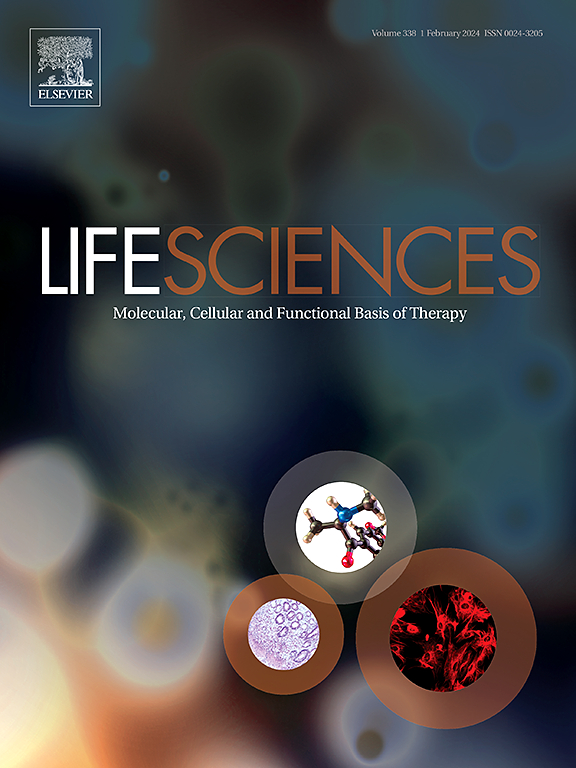IL-4-primed human umbilical cord mesenchymal stem cells-derived extracellular vesicles facilitate recovery in spinal cord injury via the miR-21-5p/PDCD4-mediated shifting of macrophage M1/M2 polarization
IF 5.2
2区 医学
Q1 MEDICINE, RESEARCH & EXPERIMENTAL
引用次数: 0
Abstract
Spinal cord injury (SCI) represents a significant neurological disorder that profoundly impacts human life. Transplantation of extracellular vesicles (EVs) from human umbilical cord mesenchymal stem cells (hUC-MSCs) has emerged as a promising therapeutic strategy. microRNA (miRNA) containing EVs serve as crucial mediators of intercellular communication, playing vital roles in physiological and pathological processes. Research indicates that EVs from hUC-MSCs could attenuate inflammation and facilitate recovery from SCI. Nevertheless, their application in clinical treatment necessitates further investigation. We are actively pursuing an effective approach to modulate the intensity of the inflammatory response, thereby addressing secondary SCI. Initially, we activated hUC-MSCs with interleukin-4 (IL-4) and subsequently harvested their EVs. We investigated the influences of A-hUC-MSCs-EVs compared to routinely acquired EVs on macrophage polarization phenotypes both in vitro and in vivo. Our results show that EVs originating from A-hUC-MSCs are more effective at promoting macrophage polarization from the M1 phenotype to the M2 phenotype than those derived from hUC-MSCs. Notably, we found that A-hUC-MSCs-derived EVs had a superior impact on motor function recovery in mice with SCI. Importantly, we observed that IL-4 activation significantly upregulated the expression of miR-21-5p within these EVs. More specifically, our data demonstrate that A-hUC-MSCs-EVs depend on miR-21-5p to inhibit the effects of PDCD4 on macrophage polarization. This mechanism regulates inflammatory responses while simultaneously reducing apoptosis. In summary, EVs derived from IL-4 primed hUC-MSCs are enriched with miR-21-5p, which exerts a pivotal influence in shifting macrophage polarization, alleviating inflammatory responses following SCI, and facilitating recovery.
求助全文
约1分钟内获得全文
求助全文
来源期刊

Life sciences
医学-药学
CiteScore
12.20
自引率
1.60%
发文量
841
审稿时长
6 months
期刊介绍:
Life Sciences is an international journal publishing articles that emphasize the molecular, cellular, and functional basis of therapy. The journal emphasizes the understanding of mechanism that is relevant to all aspects of human disease and translation to patients. All articles are rigorously reviewed.
The Journal favors publication of full-length papers where modern scientific technologies are used to explain molecular, cellular and physiological mechanisms. Articles that merely report observations are rarely accepted. Recommendations from the Declaration of Helsinki or NIH guidelines for care and use of laboratory animals must be adhered to. Articles should be written at a level accessible to readers who are non-specialists in the topic of the article themselves, but who are interested in the research. The Journal welcomes reviews on topics of wide interest to investigators in the life sciences. We particularly encourage submission of brief, focused reviews containing high-quality artwork and require the use of mechanistic summary diagrams.
 求助内容:
求助内容: 应助结果提醒方式:
应助结果提醒方式:


